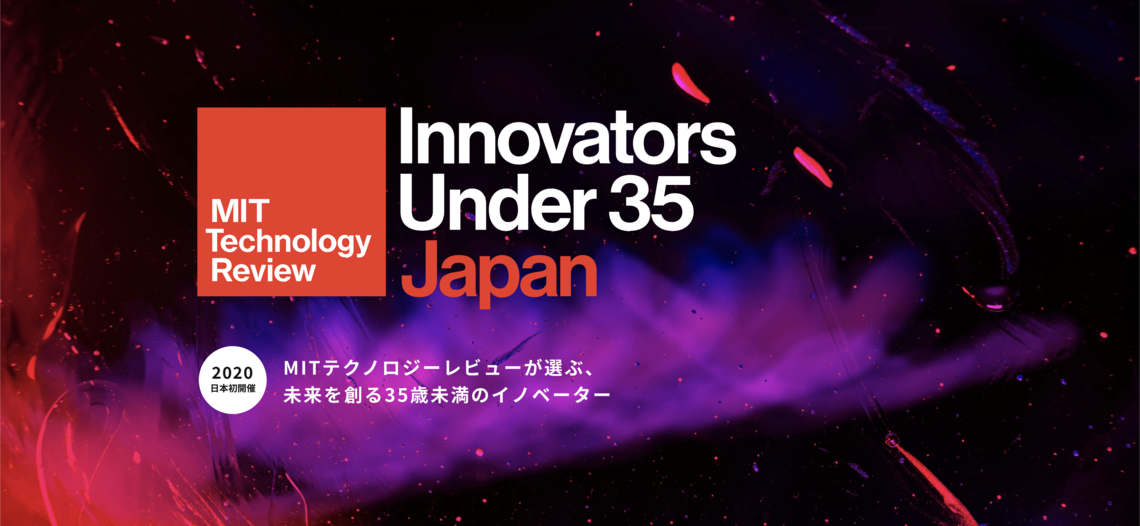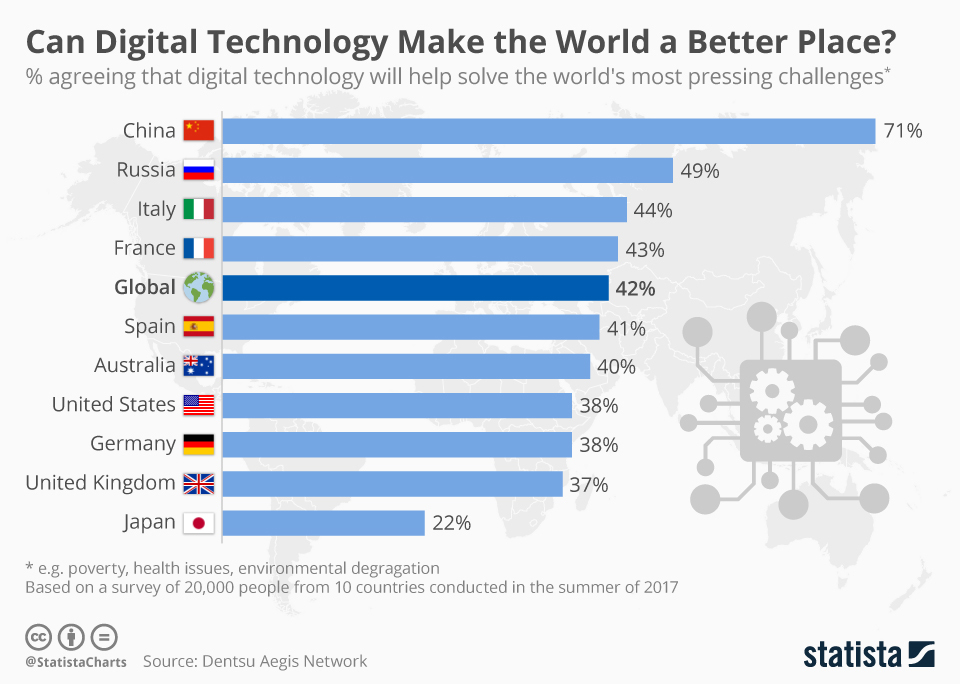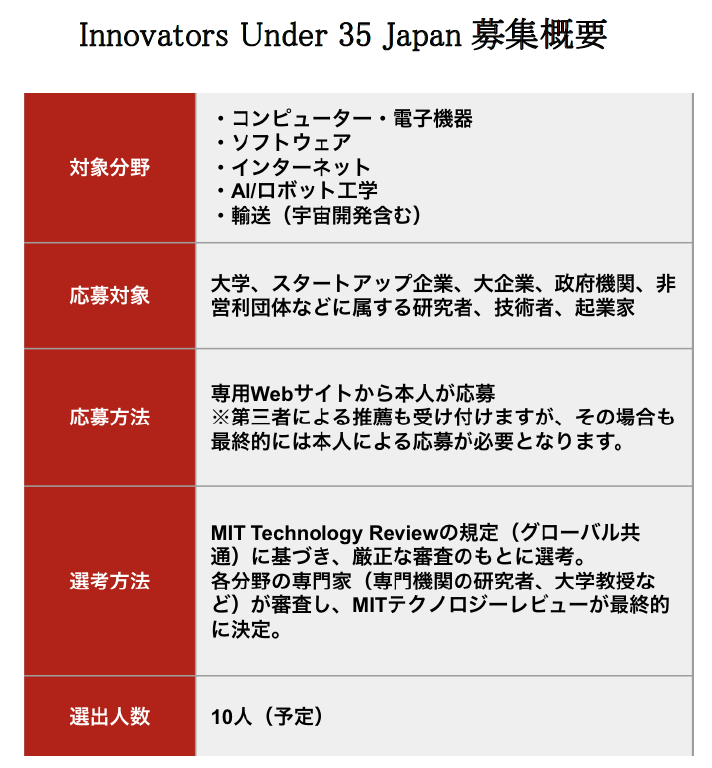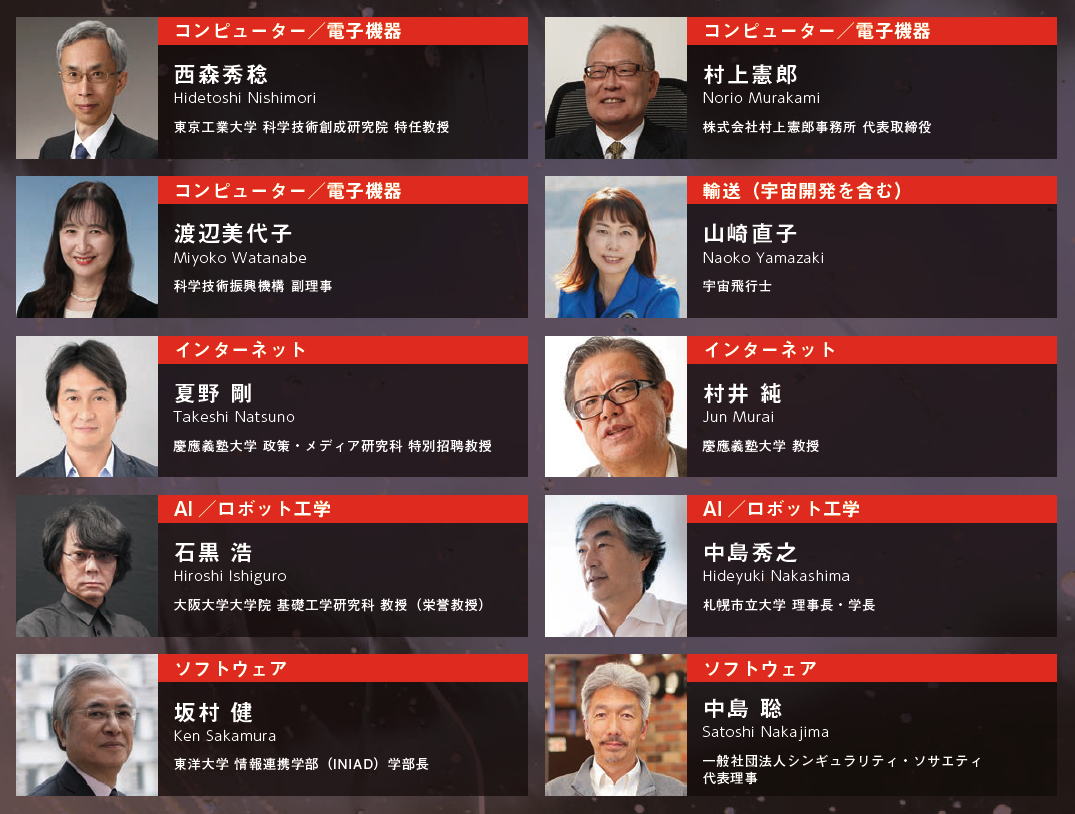
This series is a collaboration with the Japanese edition of MIT Technology Review, a media outlet with over 100 years of history, originating from the Massachusetts Institute of Technology's alumni magazine. Marking the first-ever Japanese hosting of the global award "Innovators Under 35" presented by the magazine, we will explore the question "How should society engage with technology?" with a focus on the younger generation.
In the first installment, Shin Sasagawa of the Solution Development Center interviewed Hisashi Kobayashi, Editor-in-Chief of Kadokawa ASCII Research Institute, which operates the magazine.
Shining a spotlight on both the light and shadow of technology
Sasagawa: Some readers may not be familiar with MIT Technology Review (hereafter MITTR). Could you first explain what kind of media outlet it is?
Kobayashi: While its history in Japan is still relatively short, it was first published in the US in 1899 and is celebrating its 121st anniversary this year. As the name suggests, it was originally published for MIT alumni, but it became available to the general public in the late 1990s.
Sasagawa: When did Kadokawa ASCII become involved?
Kobayashi: We acquired the rights for the Japanese edition and launched it in 2016. This was already a time when Amazon founder Jeff Bezos was investing in space, Google was spending billions on the quest for immortality, and so-called IT billionaires were increasingly investing in "non-IT fields."
However, looking at Japan, there was a tendency for both investment amounts and media exposure to be heavily skewed toward "technology = IT." While ASCII had specialized in IT media for over 30 years, we felt it was important to pay more attention to the fact that overseas, money was also flowing into "technology beyond IT," driving new innovation.
MIT Technology Review focuses on "emerging technologies" and how these technologies impact modern society and business. Specifically, it explores how technology can solve broader societal problems like healthcare and resource development.
Sasagawa: The translated articles from the US edition are truly compelling, aren't they? Expanding the coverage beyond IT, as mentioned earlier, is one of the editorial policies. Are there any specific points you consciously differentiate from so-called tech media?
Kobayashi: I see three major differences. First is the breadth of coverage we discussed. Second, related to that, is our focus on the societal impact technology creates. For example, we recently published an article titled "Why We Need to Discuss 'AI Ethics' Now," presenting a perspective that encourages readers to consider the implications when a technology is adopted in society.
Furthermore, not just with AI, but with cutting-edge technology in general, even if you read specialized journals or academic papers, the average person won't understand how the technology is useful. We edit in a way that makes it easier for readers to ask questions like: How should the relationship between society and technology, which is changing daily, be reflected in corporate management? What kinds of businesses can be created?
Sasagawa: So the editorial team acts as a bridge, making technology discussions accessible to the general public.
Kobayashi: However, when trying to make technology news accessible, it often inevitably focuses on products or services. That's why MITTR deliberately avoids covering gadget news. Our editorial policy is to clarify the relationship between society and technology.
Sasagawa: And finally, the third point?
Kobayashi: It's about objectively "shining a light on both the positive and negative aspects," rather than simply celebrating technology. I think Japanese media often follows a pattern of hyping up "new things = amazing," so we differ significantly in that regard. Of course, we believe in technology's potential, but we also understand its potential dangers. That's precisely why we consciously avoid being overly enthusiastic.
For example, deep learning is used in facial recognition technology. While facial recognition is convenient, the circulation of real people's faces on the cloud raises privacy concerns. Furthermore, it's becoming clear that recognition accuracy varies based on skin color, leading to issues in Europe and the US several years ago about it potentially fueling new forms of racial discrimination. In response, IBM announced in June this year that it would halt development of its facial recognition products.
Sasagawa: They report the negative aspects without holding back. It makes sense that MITTR is supported by many corporate executives and new business leaders. And to maintain their neutral stance, they frequently present academic perspectives as supporting arguments, right?
Kobayashi: We often cover societal reactions to developments at universities and other research institutions, as well as government regulations. A key feature is that we don't give MIT special treatment; we also cover research findings from other universities.
Sasagawa:The articles recommended by Editor-in-Chief Kobayashi—Mike Orcut's piece on blockchain and Karen Hao's piece on artificial intelligence —were truly compelling reads.
To propel social change through media
Sasagawa: Learning about these editorial principles—① covering areas beyond IT, ② calmly analyzing how technology changes society and its impact, ③ spotlighting both the light and shadow of technology without uncritical praise—shows it focuses on societal progress rather than just reporting novel information.
Kobayashi: While the Japanese edition is still relatively new, we aim to support technology's impact on society by committing to startups and lowering barriers between industry and academia. With this intent, we've hosted dozens of events of various sizes over the past three years. This year, we're launching the "Innovators Under 35" award in Japan, which has gained significant recognition in the US.
Sasagawa: Globally, especially in the US, "Innovators Under 35" is recognized as a prestigious award, right? As a reader, I'm looking forward to the Japanese edition. What is the nomination process like?
Kobayashi: "Innovators Under 35" annually honors innovators under 35 who contribute to societal transformation through technology. The global edition, announced on the Massachusetts Institute of Technology (MIT) campus, began in 1999. Since then, local editions have been held in Asia, China, Europe, India, Latin America, and MENA. Japan will host the seventh local edition globally.
Sasagawa: You can view past winners on the award's dedicated website, and the list is quite impressive.
Kobayashi: While it's not a cash prize award, it's true that many of the selected individuals have gone on to achieve great success.
To name a few past winners: Google co-founder Sergey Brin in 2002, Facebook's Mark Zuckerberg in 2007, Twitter's Jack Dorsey in 2008. Also Jonathan Ive, who oversees design at Apple, and Helen Greiner, co-founder of iRobot, famous for the Roomba.
Sasagawa: Looking at the timing of each award, it really shows this prize has a keen eye for talent.
Kobayashi: It seems to have gained that kind of recognition overseas. We want to build momentum so the Japanese edition can achieve similar recognition. For the 2020 awards, nominations are open from September 1st to October 31st. We accept candidates through both self-nomination and third-party nomination.
Sasagawa: What surprised me is that the 10 Japanese winners are also nominated for the global version. Are the judging criteria the same as the global version?
Kobayashi: Yes, the selection is based on common criteria. Since the award is sponsored by a technology media outlet, it may be easier for people who create products and services to apply, but the judging evaluates "what kind of impact on society has been achieved through technology." In other words, it means that people who have taken action to change society are also eligible.
For example, in 2018, we had a winner named Hera Hussain. She won for building a service that makes it easy to take legal action online for people suffering from domestic violence. There are many other examples of winners who have used technology to try to solve social issues such as women's issues and government censorship.
Sasakawa: So, this award recognizes people who have tackled difficult social issues using technology, even if it is not necessarily cutting-edge technology.
Kobayashi: We have gradually decided on the judges. We are delighted that some of Japan's leading figures have agreed to participate. The judging process is the same as for the global version, and we even receive feedback from the judges, so we encourage everyone to apply.
How the Under-35 Generation Engages with Technology
Sasagawa: Innovators Under 35 is being held in Japan for the first time, marking the eighth country globally. It's exciting to think about what kind of technology and award winners we'll encounter.
Kobayashi: Japan's Under 35 cohort for 2020 includes those born after 1985—from the late Showa era to the early Heisei era. Having grown up during the economic downturn after the bubble burst, they seem to have a more inward-looking mindset, thinking "Let's make it work within Japan" rather than actively seeking opportunities abroad.
At the same time, this is the generation that experienced declining birth rates within households. You could also say they grew up with relative affluence and material comfort. Consequently, there's a noticeable tendency to focus less on winning through competition and more on making the most of what already exists. Their motivation for work has shifted significantly away from material wealth towards questions like "What can I give back to society?" or "What should I be doing?"

Dentsu Inc. Aegis Network Survey "Can Technology Make the World a Better Place?" (Chart:
Statista )
Sasagawa: Looking at the context of technology, one survey found that only 22% of respondents in Japan answered "Technology makes the world better." This seems remarkably low even among countries considered developed.
Kobayashi: Is it largely because society feels satisfied, leaving few areas where new technology could solve problems? Or is it simply a lack of interest in technology to begin with?
Sasagawa: We can't draw conclusions based on this data alone, but in the next installment, I'd like to explore perceptions of society and technology, especially among those under 35, by including younger colleagues in the discussion.
Kobayashi: Incidentally, overseas, especially emerging nations, are outward-looking. Not long ago, the small country of Estonia made its mark globally with Skype. While not necessarily a good example of technology utilization, Veles in Macedonia, with a population of about 50,000, became notorious as a "fake news factory." Hundreds of young people from this rural town built significant wealth through fake news. It's an outward-looking action leveraging technology.
Sasagawa: The Macedonian case is quite resilient.
Kobayashi: Especially since the 2000s, the internet boom era connected the world and increased opportunities to go overseas. Unfortunately, Japan didn't fully capitalize on that chance. In that sense, I hope the Innovators Under 35 award becomes a platform to showcase Japan's new talent to the world.
**
Held for the first time in Japan. Details on "Innovators Under 35," selected by MIT Technology Review to discover innovators under 35 who are shaping the future, can be found here.










